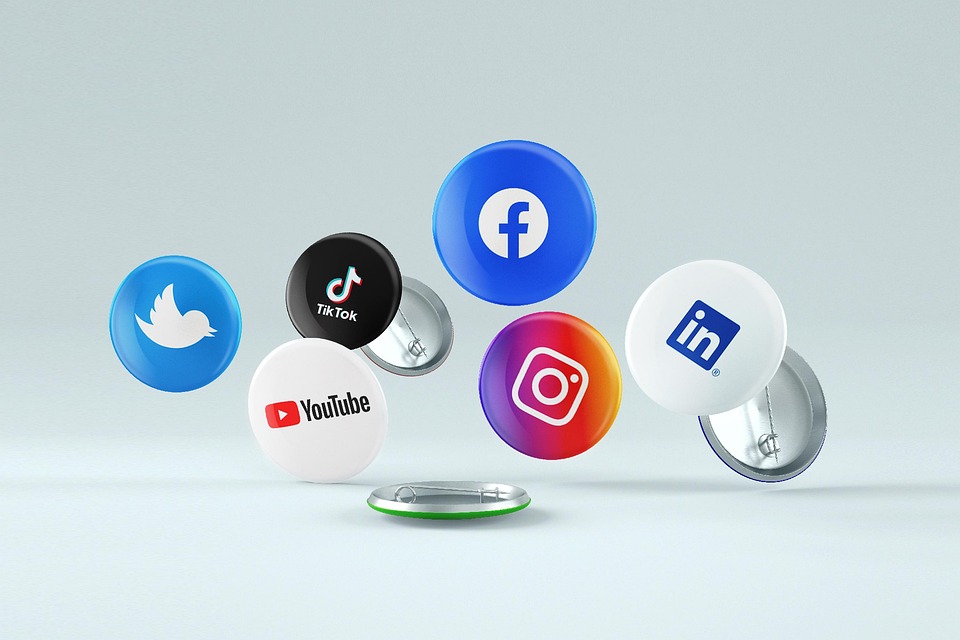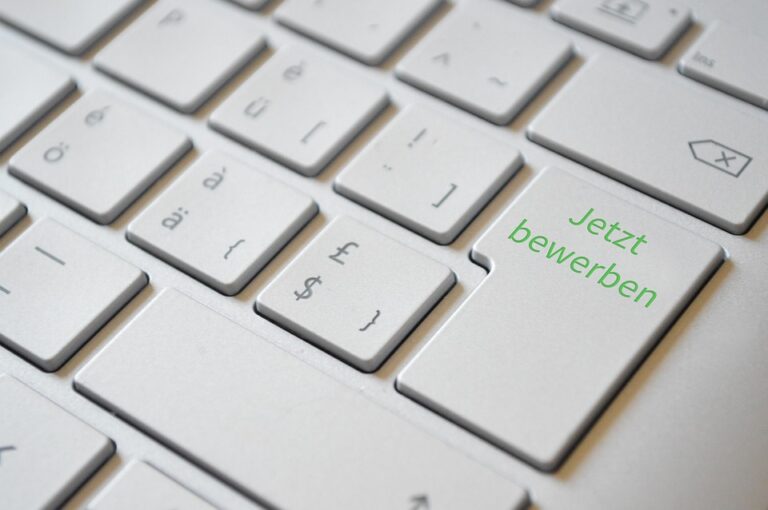In today’s fast-paced, technology-driven world, the terms beginner-friendly and accessible have become buzzwords in design, education, and product development. But what do they really mean, and why are they so important? At their core, these concepts prioritize usability, inclusivity, and ease of entry for all users, regardless of their experience level or physical abilities. When combined, they create a powerful framework for fostering equality, reducing barriers, and ensuring that no one is left behind in the digital or physical spaces we navigate daily.
What Does “Beginner-Friendly” Mean?
A beginner-friendly product, service, or environment is designed to be intuitive, approachable, and easy to understand for newcomers. It eliminates unnecessary complexity, provides clear guidance, and minimizes the learning curve. For example, a beginner-friendly coding platform might offer drag-and-drop interfaces, real-time feedback, and step-by-step tutorials, allowing someone with no prior experience to start building projects without frustration.
The goal here isn’t to oversimplify but to democratize access. It’s about recognizing that not everyone starts with the same knowledge, skills, or confidence. By making systems and tools easier to engage with, we empower more people to participate, learn, and innovate.
What Does “Accessible” Mean?
Accessibility refers to the design of products, environments, and services that can be used by as many people as possible, including those with disabilities. This includes visual, auditory, motor, and cognitive impairments. For instance, a website that is accessible might feature alt text for images, keyboard navigation, and adjustable font sizes to accommodate users with visual impairments or motor limitations.
Beyond disabilities, accessibility also considers diverse needs, such as language preferences, cultural context, and varying levels of technological familiarity. It’s about creating spaces where everyone can interact equitably, without being excluded by design flaws or assumptions.
The Synergy Between Beginner-Friendly and Accessible Design
While beginner-friendly and accessible design might seem like separate goals, they are deeply interconnected. A design that is accessible often benefits all users, including beginners, by removing obstacles and providing clarity. Conversely, making something beginner-friendly inherently involves considering diverse user needs, which aligns with accessibility principles.
For example, a mobile app with a simple, clutter-free interface is not only easier for new users to navigate but also for individuals with cognitive disabilities. Similarly, clear, jargon-free instructions on a website help beginners understand the content while also supporting users with limited literacy or non-native language speakers.
Why It Matters
-
- Inclusivity: When designs are both beginner-friendly and accessible, they open doors for people who might otherwise feel excluded. This includes older adults, non-native speakers, individuals with disabilities, and those with limited technical skills.
-
- User Retention: A frictionless experience keeps users engaged. If a tool or platform is too complex or unwelcoming, beginners may abandon it. Accessibility ensures that no one is deterred by barriers.
-
- Wider Reach: By catering to diverse needs, creators can tap into a broader audience. This is especially critical in education, healthcare, and technology, where equitable access can have transformative impacts.
-
- Ethical Responsibility: Designing with inclusivity in mind is not just practical—it’s a moral imperative. It reflects a commitment to fairness and ensures that innovation benefits everyone, not just a privileged few.
Examples in Practice
-
- Education: Online learning platforms like Khan Academy or Duolingo use simple language, visual aids, and interactive elements to make complex subjects approachable for all learners. Their design also incorporates features like screen reader compatibility and closed captions, making them accessible to diverse audiences.
-
- Technology: Apps like Google’s “Read Along” for children or Microsoft’s accessibility tools (e.g., Immersive Reader) blend simplicity with inclusive features, helping users of all ages and abilities learn and engage effectively.
-
- Public Spaces: A well-designed public library with clear signage, wheelchair ramps, and multilingual resources is both beginner-friendly (for new visitors) and accessible (for people with disabilities).
How to Create Beginner-Friendly & Accessible Experiences
-
- Start with Empathy: Put yourself in the shoes of someone with no prior knowledge or specific needs. Ask: Who might struggle with this design?
-
- Simplify the Interface: Use clear, concise language, avoid unnecessary steps, and prioritize visual hierarchy. For example, a website should have a logical flow, with buttons and menus that are easy to locate and understand.
-
- Follow Accessibility Standards: Adhere to guidelines like the Web Content Accessibility Guidelines (WCAG) for digital products. This includes providing text alternatives for non-text content, ensuring sufficient color contrast, and making all functionality available via keyboard.
-
- Test with Real Users: Involve people with varying abilities and experience levels in testing. Their feedback is invaluable for identifying hidden barriers.
-
- Offer Multiple Learning Pathways: Provide tutorials, FAQs, and support resources in different formats (text, video, audio) to cater to different learning styles and accessibility needs.
-
- Use Universal Design Principles: These principles advocate for solutions that work for everyone, without the need for adaptation. For instance, a well-structured form with clear labels and error messages benefits both beginners and users with disabilities.
Challenges and Solutions
Balancing simplicity with functionality can be tricky. Over-simplification might alienate experienced users, while complexity can overwhelm beginners. The key is to iterate. Start with a minimal viable product for beginners, then layer in advanced features as users gain confidence.
Another challenge is ensuring accessibility without compromising aesthetics or performance. However, tools like ARIA (Accessible Rich Internet Applications) and inclusive design frameworks (e.g., Material Design by Google) demonstrate that beauty and usability can coexist.
The Future of Beginner-Friendly & Accessible Design
As technology evolves, so do the opportunities to make it more inclusive. AI-driven tools now assist in creating personalized learning experiences, while voice-activated interfaces and adaptive software empower users with different needs. The trend toward universal design is reshaping industries, proving that accessibility and simplicity aren’t just ethical choices—they’re smart business strategies.
Conclusion
Beginner-friendly and accessible design is about more than convenience; it’s about creating a world where everyone can participate, learn, and thrive. Whether you’re developing a website, designing a product, or crafting an educational program, prioritizing these principles ensures that your work is not only effective but also equitable. By embracing inclusivity from the start, we build a future that’s open to all.
Call to Action: Consider how you can apply beginner-friendly and accessible design in your next project. Small changes—like adding alt text, simplifying language, or offering guided tours—can make a big difference. After all, the best designs are those that work for everyone.







